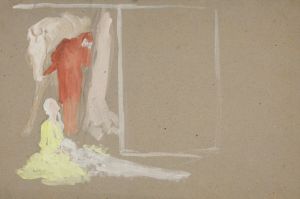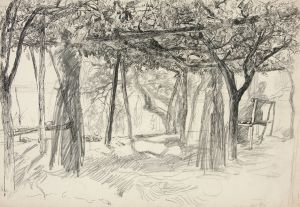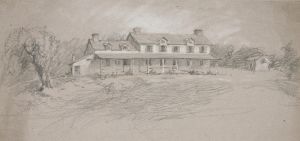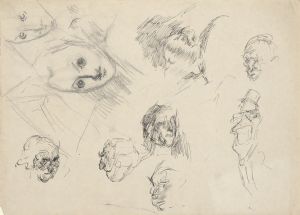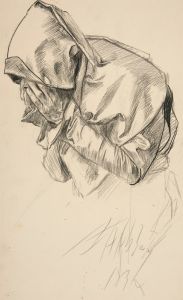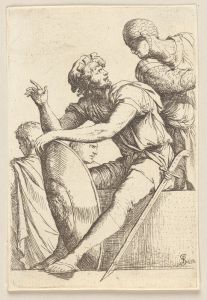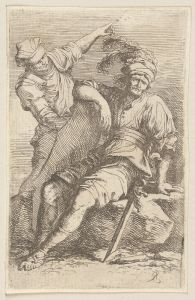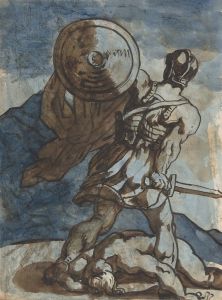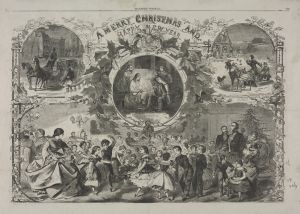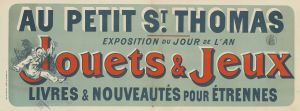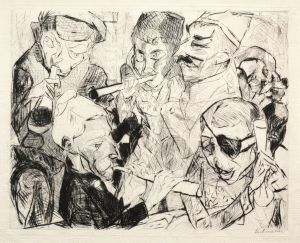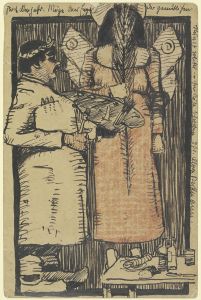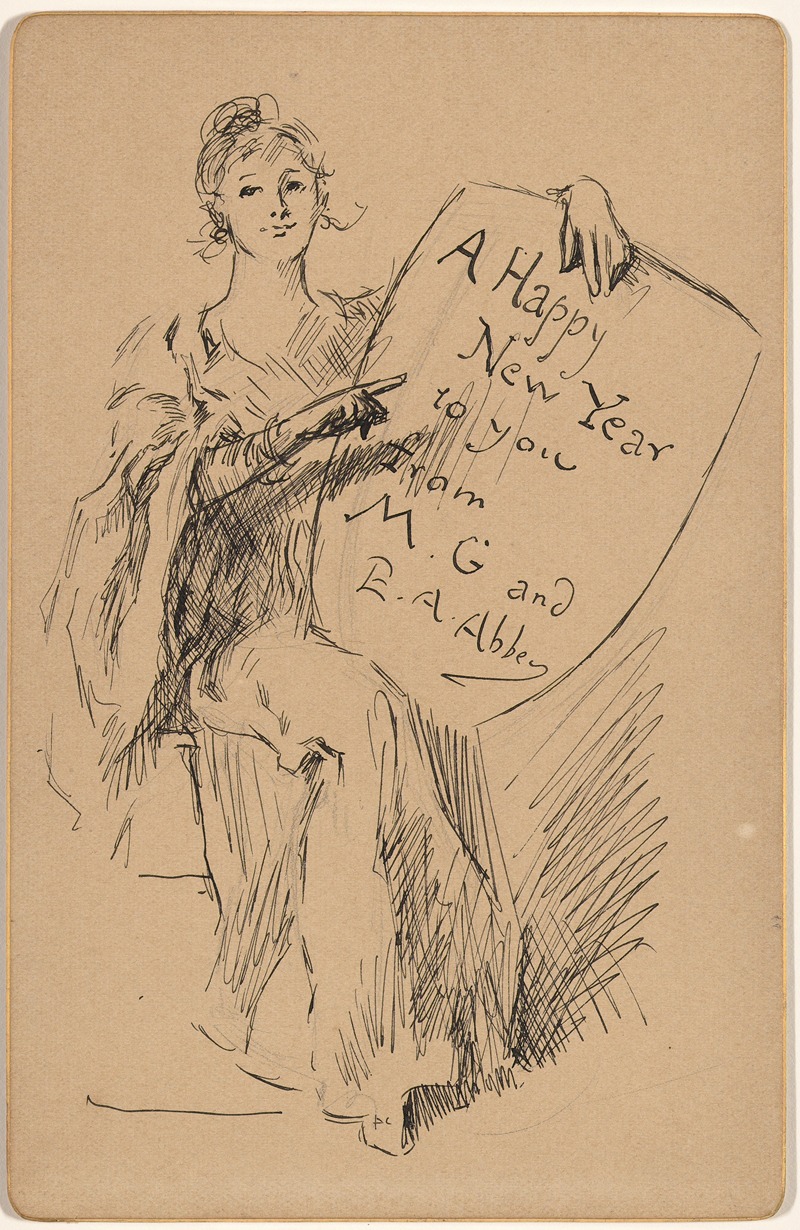
Seated Woman Holding a Shield; A Happy New Year to you from M. G. and E. A. Abbey
A hand-painted replica of Edwin Austin Abbey’s masterpiece Seated Woman Holding a Shield; A Happy New Year to you from M. G. and E. A. Abbey, meticulously crafted by professional artists to capture the true essence of the original. Each piece is created with museum-quality canvas and rare mineral pigments, carefully painted by experienced artists with delicate brushstrokes and rich, layered colors to perfectly recreate the texture of the original artwork. Unlike machine-printed reproductions, this hand-painted version brings the painting to life, infused with the artist’s emotions and skill in every stroke. Whether for personal collection or home decoration, it instantly elevates the artistic atmosphere of any space.
Edwin Austin Abbey was an American artist known for his illustrations and paintings, particularly those that depicted scenes from Shakespearean plays and other literary works. Among his diverse body of work is a piece titled "Seated Woman Holding a Shield; A Happy New Year to you from M. G. and E. A. Abbey." This artwork reflects Abbey's skill in combining narrative elements with intricate detail, a hallmark of his artistic style.
Abbey was born in Philadelphia in 1852 and began his career as an illustrator for Harper's Weekly, a prominent American magazine. His work quickly gained recognition for its meticulous detail and historical accuracy, which were highly valued during the late 19th century. Abbey's illustrations often accompanied literary texts, and he became particularly noted for his depictions of scenes from the works of William Shakespeare and other classic authors.
"Seated Woman Holding a Shield; A Happy New Year to you from M. G. and E. A. Abbey" is an example of Abbey's ability to blend fine art with illustrative techniques. The piece likely served as a form of greeting or personal communication, as suggested by the inclusion of a New Year’s message. This dual purpose of the artwork reflects a common practice of the time, where artists would create personalized works for friends, family, or patrons.
The artwork features a seated woman, a common motif in Abbey's work, which often included figures in historical or allegorical settings. The shield she holds may symbolize protection or valor, themes frequently explored in Abbey's art. The inclusion of a shield also suggests a connection to historical or mythological narratives, aligning with Abbey's interest in such subjects.
Abbey's style is characterized by a strong attention to detail, particularly in the rendering of textures and fabrics, which is evident in the depiction of the woman's attire and the shield. His use of line and shading demonstrates his background as an illustrator, where clarity and precision were essential.
Throughout his career, Abbey's work was celebrated for its ability to convey complex narratives through visual means. His paintings and illustrations were not only appreciated for their aesthetic qualities but also for their storytelling capabilities. Abbey's contributions to the art world were recognized during his lifetime, and he was elected to the National Academy of Design in 1902.
In addition to his illustrations, Abbey also completed several large-scale mural projects, including those for the Boston Public Library. These works further established his reputation as an artist capable of working on both intimate and grand scales.
"Seated Woman Holding a Shield; A Happy New Year to you from M. G. and E. A. Abbey" is a testament to Abbey's versatility and his ability to infuse personal works with the same level of detail and narrative depth as his larger, more public projects. While specific details about the context or commission of this particular piece may not be extensively documented, it remains an example of Abbey's artistic legacy and his contribution to American art in the late 19th and early 20th centuries.





